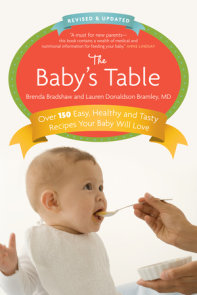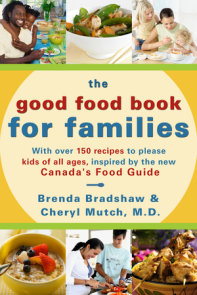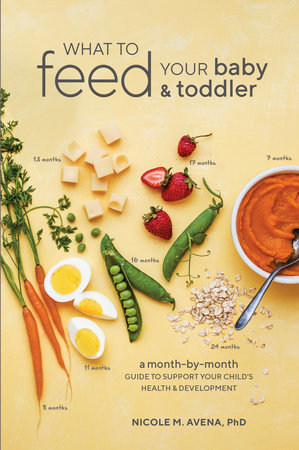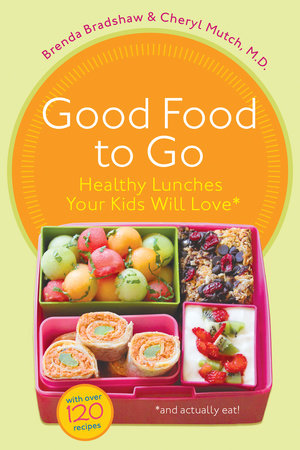


-
Aug 02, 2011 | ISBN 9780307358981
YOU MAY ALSO LIKE

Your Fussy Baby
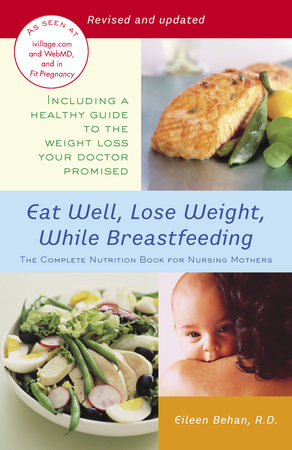
Eat Well, Lose Weight, While Breastfeeding
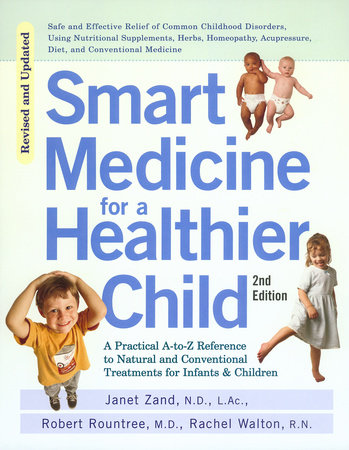
Smart Medicine for a Healthier Child
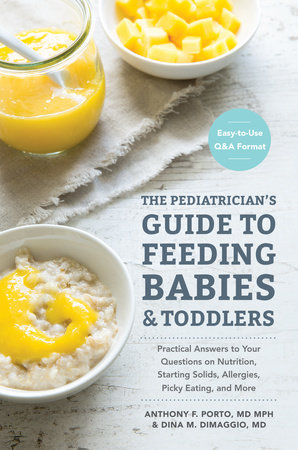
The Pediatrician’s Guide to Feeding Babies and Toddlers
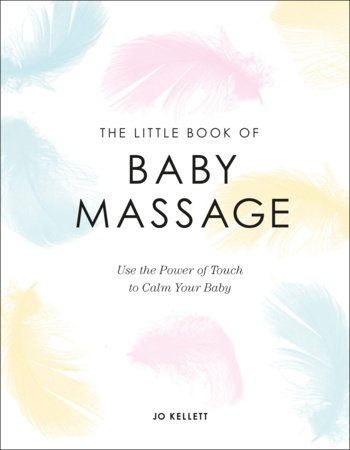
The Little Book of Baby Massage
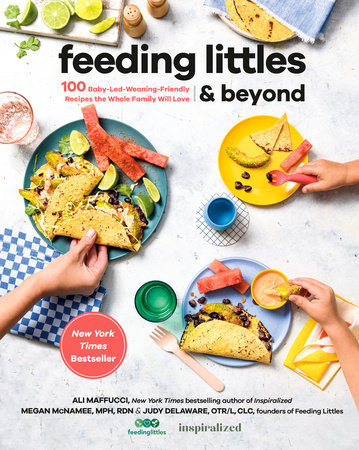
Feeding Littles and Beyond
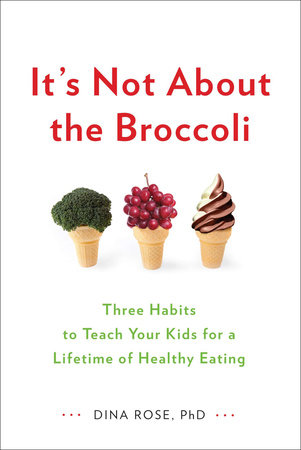
It’s Not About the Broccoli
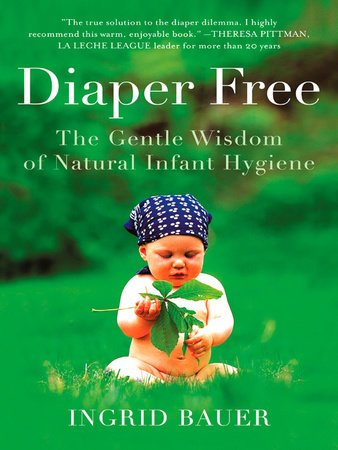
Diaper Free
Praise
“Takes the term ‘brown-bagging’ to another level. . . . [Includes] valuable tips on how to involve children in preparing their school lunches.” —My Cookbook Addiction (blog)
“If you find yourself struggling to prepare quick, easy, healthy snacks and lunches that can be eaten on-the-go and especially as an alternative to the lunches provided at school, you’re going to love this book!. . . Not only full of yummy recipes sure to bring a smile to your child’s face, it also has tons of helpful information for us parents! . . . There really is a wealth of knowledge within this book––tons of recipes, snack ideas, information on vitamins, antioxidants, and much more. . . . It’s organized very well, in a non-overwhelming way. . . . There are SO many wonderful ideas in this book! . . . They really do look delicious and easy to make! I can’t wait to try them all. I have a feeling that any child whose mother owns this book and prepares these types of meals for him or her will have a lot of jealous friends at lunchtime. 😉 . . . I would definitely recommend this book, it has a lot of great ideas in it!” —Kindred Spirit Mommy (blog)
“For many parents, back to school means a whole new year of packing lunches for their kids. If you’re short on inspiration, pick up Good Food to Go: Healthy Lunches Your Kids Will Love. . . . It focuses on healthy meals that can be made the night before. . . . Most [recipes] are practical.” —The Georgia Straight
“This book is great for reminding us that healthy lunches can be more than just a plain sandwich or salad, a piece of fruit and a drink. It inspires you to put a little more thought and effort into the lunches you create, but what is really nice about it is the additional information beyond the recipes. Tips for getting your kids involved with making their own lunches, tips about how to prepare food, transport it and keep it stored at a proper temperature until lunch time as well as some nutritional facts. . . . Now that [my stepdaughter is] old enough to start making parts of her own lunch, I think this book is going to come in handy.” —Jodi Lariviere, My Friend in Food
21 Books You’ve Been Meaning to Read
Just for joining you’ll get personalized recommendations on your dashboard daily and features only for members.
Find Out More Join Now Sign In








